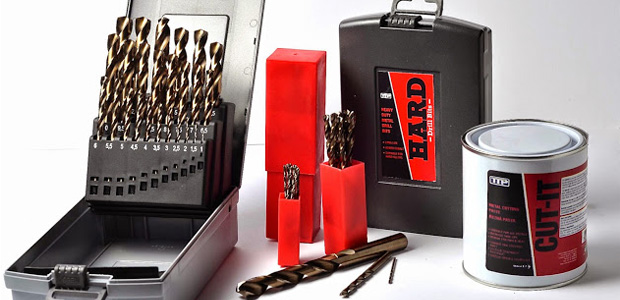Drilling Charts

Drill Speeds & Feeds
Calculations use the desired tool diameter, cutting speed, and cutting feed.
Determine the spindle speed (RPM) and feed rate (IPM) for a drilling operation, as well as the cut time for a given cut length. Drilling operations are those in which a cutting tool with sharp teeth, such as a twist drill, rotates and feeds into the work-piece axially, forming a hole with a diameter equal to that of the tool. Calculations use the desired tool diameter, cutting speed, and cutting feed, which should be chosen based on the specific cutting conditions, including the work-piece material and tool material.
Drilling Speed and Feed Calculator
Drilling Horsepower
Calculating the horsepower required for a drilling operation is based on the feed rate and tool diameter, which are used to determine the material removal rate (or metal removal rate). Also required is the unit power, which is a material property describing the amount of power required to cut that material. The horsepower at both the spindle and the motor are shown, as well as the spindle torque for a given spindle speed (RPM). The motor horsepower required for the drilling operation can then be compared to the horsepower capability of the machine.
Drilling Horsepower Calculator
Drill Size Chart
The drill size chart provides a list of standard size drill bits in several measurement systems, including fractional, metric, wire gauge number, and letter. The decimal equivalents of the diameters are shown in both English and Metric units. Fractional sizes are measured in inches, while metric sizes are measured in millimeters. The wire gauge and letter systems refer to tool diameters that increase as the wire gauge decreases from #107 to #1 and then continues from A to Z. The drill size chart contains tools up to 1.5 inches in diameter, but larger tools are also commonly used.

